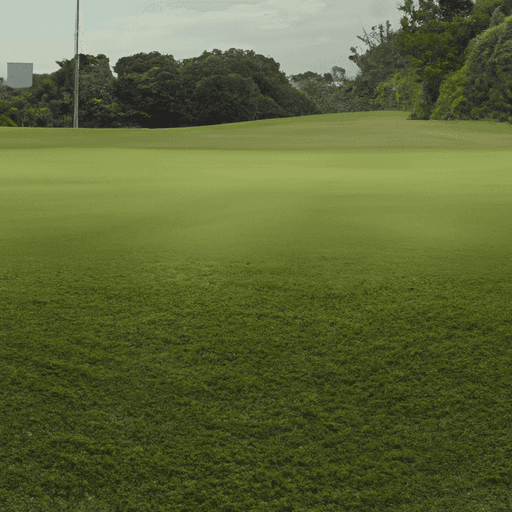| Complexity level: | 7 |
| Time required: | You will need a few hours to collect data at the designated plant communities, as well as to analyze and form conclusions. |
| Material availability: | Look for sticks to use as markers of your plots. The other materials can be found at home (string, measuring tape, paper, pencil). |
| Safety concerns: |
Hypothesis
Overview
For as long as the human race has existed, we have been modifying and altering the environment that we live in. Archaeologists have found clues to the ways that prehistoric people have altered the environment, as they foraged for food and materials for necessities like clothing and shelter. The human population today is much larger than that of prehistoric times, with over 7 billion inhabitants. The impact of today's human population on the environment is therefore proportionately much larger than that of prehistoric people. There are very few places on the planet that humans haven't explored and modified. Most recently, we have established research stations on remote and inhospitable places like Antarctica. Mid-ocean depths of 1,000 feet virtually within our reach, with the help of aluminum diving suits.
We have largely modified the environment for activities like industry and agriculture. We have also modified it for aesthetic purposes. There has long been a tradition of gardening in the continents of Asia and Europe. It is also common practice in North America to have grass lawns surrounding houses and apartment buildings. The type of plants occupying a physical space, such as a yard, largely determine what other organisms inhabit that space. Living organisms occupying the same space at the same time are called communities.
On a global spatial scale, a region's climate determines plant communities, and latitude plays a large role in climate. A region's climate is characterized by the average measure of long-term patterns of temperature, wind, and precipitation, among others. On a smaller spatial scale, like the town you live in, soil type and moisture determine what types of plants will grow locally. Some plants such as pine trees are adapted to very sandy soils and dry conditions, while plants like mangroves and cypress have root systems adapted to water, and thrive near aquatic environments. Plants are often critical components of communities because they form the base of the food web, as well as provide living structures and microclimates for other organisms in the community.
It is estimated that there are approximately 9 million species on Earth, not including bacteria. Biodiversity is a measure of the number of species living in a particular area. Biodiversity hotspots are regions of the Earth that have a high concentration of species, but where the existence of the hotspot is threatened (usually from the threat of human activity). The term does not apply to aquatic environments; however, efforts in marine research like the Census of Marine Life provide evidence for greater numbers of species in the ocean than previously imagined. Why do we care about biodiversity? For one, we have derived many useful medicines from various species, including plants and fungi. When a species becomes extinct, especially on a large scale, there's no way to know what beneficial discoveries we may be missing out on.
There are a few ways to measure biodiversity. One way is to measure species richness, which is simply the number of different species in the region. In this science project you are going to measure species richness in two different plant communities.
Scientific Terms
Materials
Tape measure
String/yarn
Sticks
Camera (or sketchpad if no camera available)
Magnifying lens (at least 10X)- Plastic and glass hand lenses as well as Sherlock Holmes magnifiers are available in a range of prices from biological supply companies ($2-$40)
Procedure
- Identify two very different biological communities that are accessible to you. One of the communities should consist of only one or very few types of plants. Ideally, choose a grass lawn if that is available. The other community should have a greater variety of plants, such as a forest or forest edge, shrubland, field of wildflowers, or even an abandoned lot overgrown with weeds.
- Pick three plots of land within each of your two chosen communities (6 plots total). The plots should be at least 5 feet x 5 feet in size. Measure your chosen plots with a tape measure and mark their boundaries using sticks and string (see photo).
-
Stand outside of one of your marked plots. Begin to take an inventory of all the species within the string boundary. Use a magnifying lens to aid observation of very small things, like ants. Record your observations of different species with a notebook. Make sketches or take photos to aid your inventory. The more details you observe, the more accurate your inventory will be. For example, if you see lots of ants, try to discern if there are multiple types of ants. If there is a lot to observe, photos will aid with data collection.
Be as quiet as you can be in order to avoid scaring away organisms. Keep in mind that because birds and other animals, even insects, can be sensitive to disturbance, your inventory won't be representative of all the species that will occupy the plot you are surveying. - Repeat steps 2 and 3 with the remaining 5 plots.

